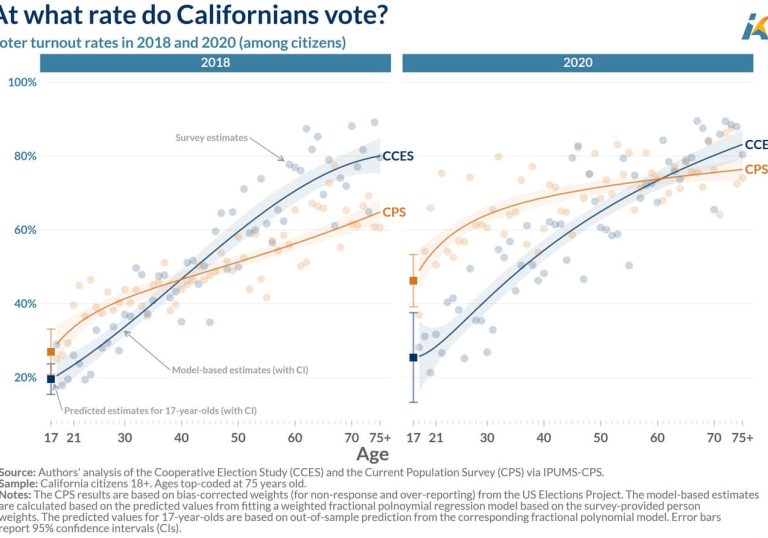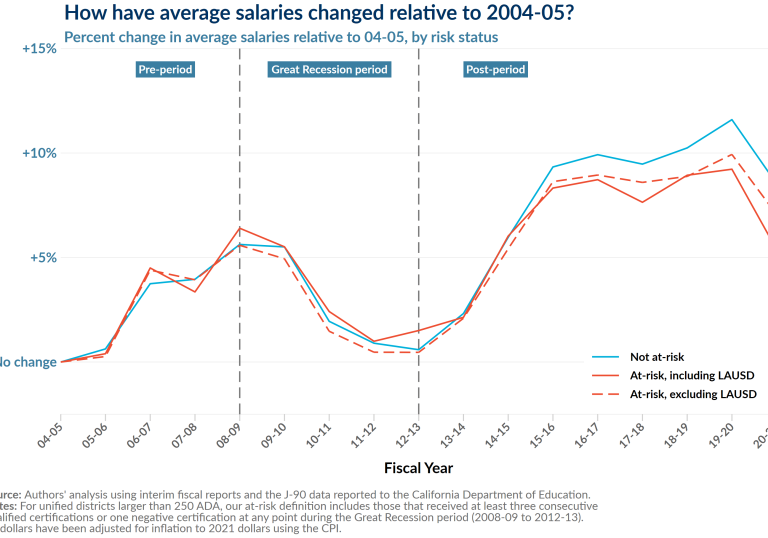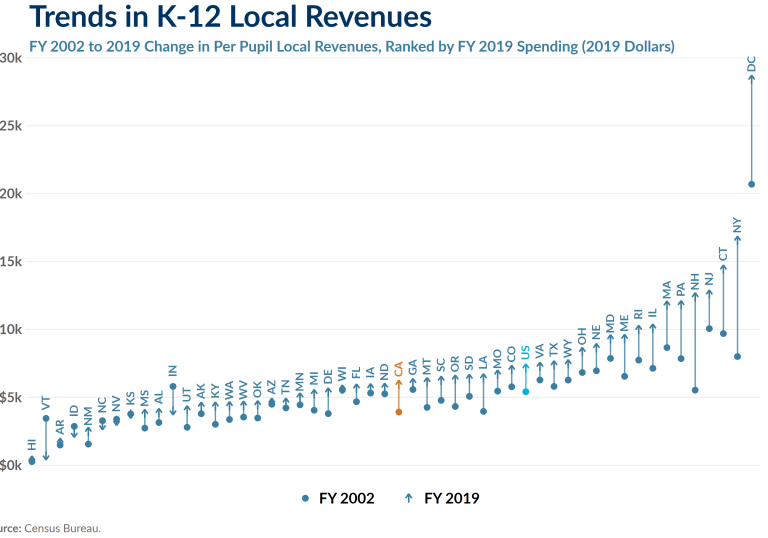Summary
Many experts argue that U.S. local governments are experiencing dramatic increases in their pension expenditures and that pension spending is crowding out government services. Others maintain that serious pension problems are limited to a few governments. This issue is important to both political scientists and policy practitioners, but no existing studies—nor the datasets they rely on— allow evaluation of the extent to which local pension expenditures are rising or whether pensions are affecting services.
This paper–authored by faculty director, Sarah Anzia–analyzes a new dataset of the annual pension expenditures of over 400 municipalities and counties from 2005 to 2016. Anzia finds that pension expenditures have risen almost everywhere, but there is significant variation in that growth. On average, local governments are not responding to rising pension spending by increasing revenue. They are instead shrinking their workforces, and that pattern is more pronounced in places with public-sector collective bargaining and tax and expenditure limits.











